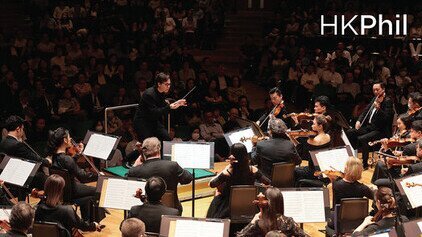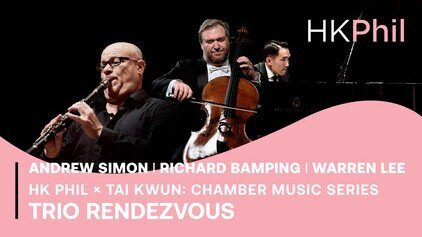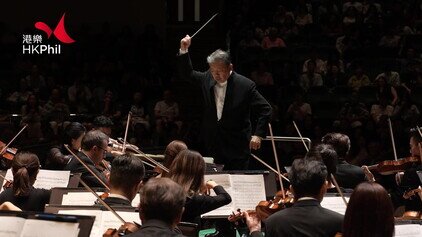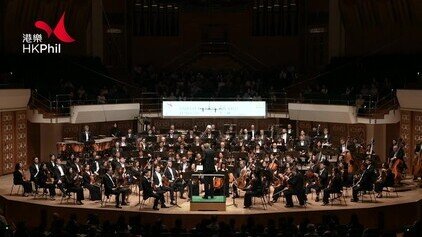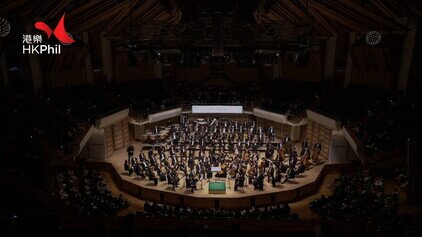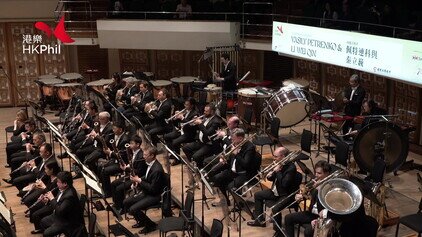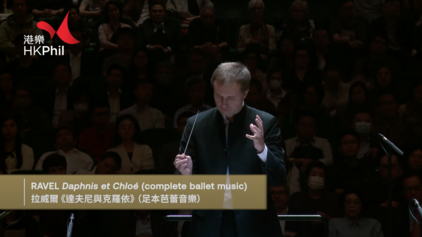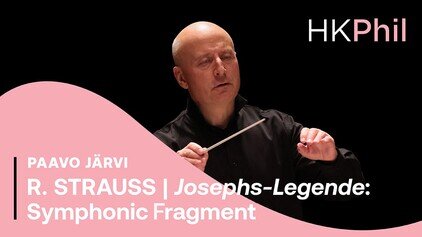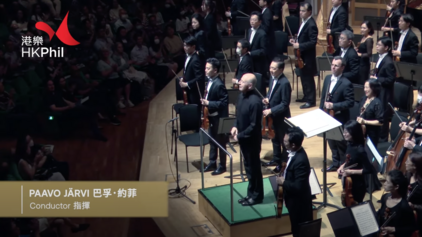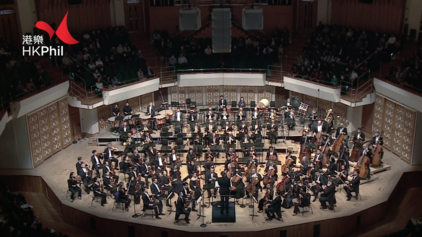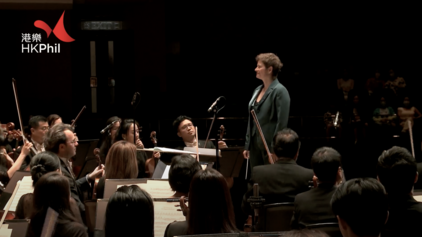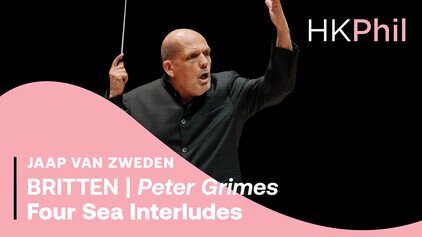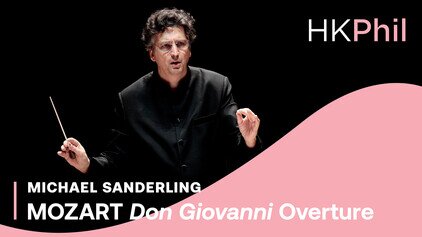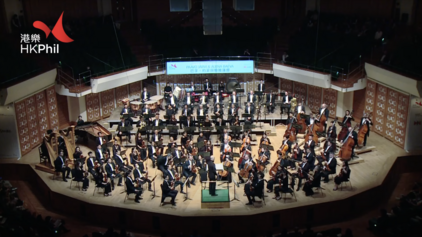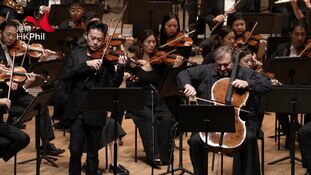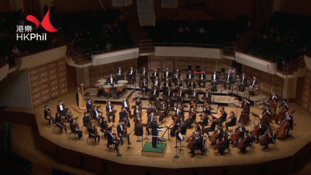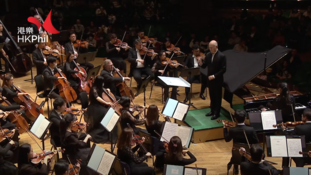SCHUMANN | Konzertstück for Four Horns and Orchestra
PROGRAMME
ROBERT SCHUMANN (1810–1856)
Konzertstück for Four Horns and Orchestra in F, op. 86
- Lebhaft
- Romanze: Ziemlich langsam
- Sehr lebhaft
THE MUSIC
For Robert Schumann, the horn was “the soul of the orchestra” – and for an artist who lived and breathed the atmosphere of the Romantic movement, it’s easy to hear why. The horn is the ancient instrument of humanity in nature; raw and heroic in close up, infinitely poetic when remote – the sound of the forest and the fanfare; of triumph, of lament and of tenderness found, unexpectedly, in the heart of the wild. It’s also the instrument most closely connected with the rituals and tradition of the hunt: the sport of medieval kings, redolent with images of chivalry, legend and romance. The valveless horn used by Mozart and Beethoven – essentially a long, curved metal tube with a mouthpiece, able to play only the limited range of notes permitted by the naturally-occurring harmonic series – was recognisably the same instrument carried by medieval huntsmen.
But the 19th century was an age of turmoil. In 1848, revolution had spread through the German city of Dresden, forcing Robert Schumann and his wife Clara to flee their home. And even the horn itself was undergoing a technological revolution. Hand-operated valves made it possible – for the first time in history – for the horn to play the full range of notes in the western scale. Now the “soul of the orchestra” could soar free: a new kind of poetry became possible. Schumann was fascinated – he was on friendly terms with the Dresden-based horn virtuoso Joseph Rudolph Lewy, a pioneer of the newly-developed ventilhorn (valve horn), and in 1849 he wrote a series of gloriously imaginative pieces for the so-new instrument.
For a Romantic like Schumann, art was all about shaping the future as well as enjoying the past. Over three days in February 1849, he sketched a miniature concerto (or konzertstück – “concert piece”) for not one but four valve horns, accompanied by a large orchestra. “It seems to me one of my best pieces,” he told his friend Hiller. He promised his publishers “something quite unusual!”. It was premiered by the horn players of the Gewandhausorchester in Leipzig on 25 February 1850.
And make no mistake, the Konzertstück is still rather unusual: a concerto whose star is the instrument itself rather than any one soloist (though all four performers are required to be virtuoso players in different parts of the horn’s huge range), and whose three movements play without a break. Schumann doesn’t stand on ceremony: with two arresting chords the horns launch their opening fanfare and the message is clear – we’re in for an adventure. The first movement sweeps forward, by turns heroic and lyrical, with the orchestra challenging and echoing the horns. Then as so often with Schumann, the mood changes: a quiet, tender Romanze in which the four horns seem to glow in the twilight. Suddenly, from the orchestra, the horns’ brass rival, the trumpet, sounds a challenge. Our four heroes spring into action, in a finale that’s as swashbuckling as it is playful. In less than 20 minutes of music, Schumann has shown us every face of the horn: hero, daredevil, lover, dreamer and – of course – poet.
Programme note by Richard Bratby
Artist
SUPPORT THE HK PHIL'S ONLINE PROGRAMMES
The Ambassador Fund allows the orchestra to produce various online programmes, keeping our connection with the communities. The HK Phil has released over 80 online programmes and garnered over 1.5 million views since the pandemic. Your donation supports production costs incurred and helps us share music!
All Performances
Other videos in this series










